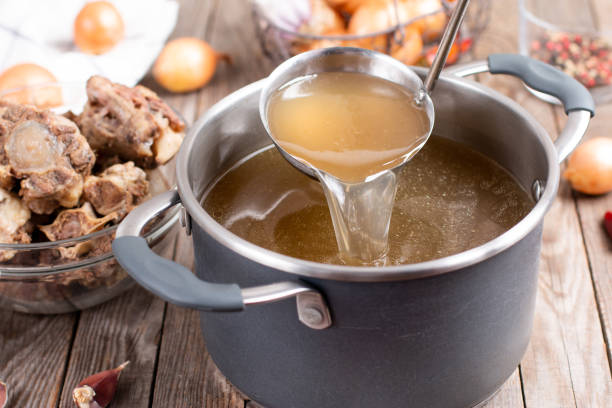Many pet owners are turning to raw food diets for their dogs, recognizing the potential benefits of feeding them a diet closer to their natural, ancestral roots. In this blog post, we will explore the advantages of a raw food diet for dogs and provide you with nutritious recipe ideas to get started. Let's dive in and discover the goodness of raw feeding!
Benefits of a Raw Food Diet for Dogs:
- Strengthened Immune System: Raw foods contain vital nutrients, antioxidants, and enzymes that support a strong immune system, reducing the risk of illness and improving overall well-being.
- Increased Energy and Vitality: The balanced and nutrient-dense nature of a raw food diet can provide dogs with the energy they need for an active and vibrant lifestyle.
- Healthy Skin and Coat: The natural fats found in raw meats, along with the abundance of essential fatty acids, can contribute to a shiny coat and nourished skin, reducing itchiness and dryness.
- Enhanced Dental Health: Chewing on raw meaty bones and tough cuts of meat can help clean your dog's teeth and gums, preventing dental problems like tartar buildup and gum disease.
- Improved Digestive Health: Raw food diets often consist of easily digestible proteins, beneficial enzymes, and fiber-rich vegetables, promoting healthy digestion and reducing gastrointestinal issues.

Raw Food Recipe Ideas:
Raw Beef and Vegetable Medley:
Ingredients: Fresh ground beef, carrots, broccoli, spinach, and a small amount of fish oil.
Directions: Combine the ingredients in a bowl and serve raw. Adjust quantities based on your dog's size and activity level.
Serving: Approximately 15-20 servings.
Storage: Store in an airtight container in the refrigerator.
Duration: Recommended storage duration is 1-2 weeks. Can last for about 2-3 weeks when served to a normal, typical-sized dog.

Chicken and Sweet Potato Delight:
Ingredients: Raw chicken (ground or minced), cooked and mashed sweet potato, and a sprinkle of turmeric for added anti-inflammatory benefits.
Directions: Mix the ingredients thoroughly and serve raw. Adjust quantities based on your dog's size and activity level.
Serving: Approximately 15-20 servings.
Storage: Store in an airtight container in the refrigerator.
Duration: Recommended storage duration is 1-2 weeks. Can last for about 2-3 weeks when served to a normal, typical-sized dog.

Fish Feast:
Ingredients: Fresh raw fish (such as salmon or mackerel), finely chopped cucumber, grated zucchini, and a small amount of coconut oil.
Directions: Combine the ingredients in a bowl and serve raw. Ensure the fish is deboned. Adjust quantities based on your dog's size and activity level.
Serving: Approximately 15-20 servings.
Storage: Store in an airtight container in the refrigerator.
Duration: Recommended storage duration is 1-2 weeks. Can last for about 2-3 weeks when served to a normal, typical-sized dog.

Lam and Pumpkin Stew:
Ingredients: Raw ground lamb, cooked and mashed pumpkin, steamed green beans, and a sprinkle of dried rosemary for flavor.
Direction: Mix the ingredients together and serve raw or lightly warmed. Adjust quantities based on your dog's size and activity level.
Serving: Approximately 15-20 servings.
Storage: Store in an airtight container in the refrigerator.
Duration: Recommended storage duration is 1-2 weeks. Can last for about 2-3 weeks when served to a normal, typical-sized dog.

A raw food diet can provide numerous benefits for your dog's overall health and well-being. By opting for fresh, unprocessed ingredients and carefully balancing their meals, you can offer your furry friend a diet rich in nutrients, enzymes, and natural goodness. Experiment with different recipe ideas, monitor your dog's response and make adjustments as needed. Embrace the journey of raw feeding and witness the positive impact it can have on your beloved companion.
NOTE: Remember to consult with your veterinarian before transitioning your dog to a raw food diet. It's important to handle raw food safely to minimize the risk of bacterial contamination. Follow proper food safety practices, including thorough cleaning of utensils and food preparation areas.








